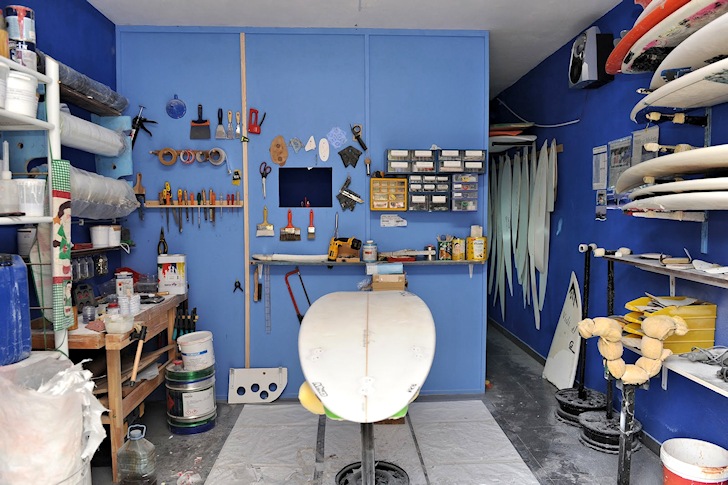Shaping a surfboard is an exciting challenge. It takes time and determination to learn how to build your first surfboard; that said, there's nothing like surfing with your own creation. Check out the easiest step-by-step guide to surfboard shaping.
Surfboard shaping requires attention to detail and a learning-positive attitude.
The process is somewhat similar to sculpting. Like a work of art, it's constantly improved and refined until the moment arrives - the artwork is finished.
If you continue, you might ruin the whole work. Lesson learned: you don't want to overshape your plank.
A surfboard blank costs between 35 and 50 dollars - that's 10 percent of the price you pay for a finished product at your local surf shop.
The overall investment - preparing the shaping room and buying shape tools - can be paid off after producing two or three surfboards. It is worth it.
Always film and/or photograph your shaping steps. Take notes to compare your future decisions and to correct previous shaping missteps.
Your surfboard shaping notebook is your owner's manual.
Nowadays, it is very important to order the best surfboard blank for your future stick.
When buying the new close-to-shape blanks, pay attention to three characteristics: template/outline, rocker, and size.
Pre-Shaping Preparations
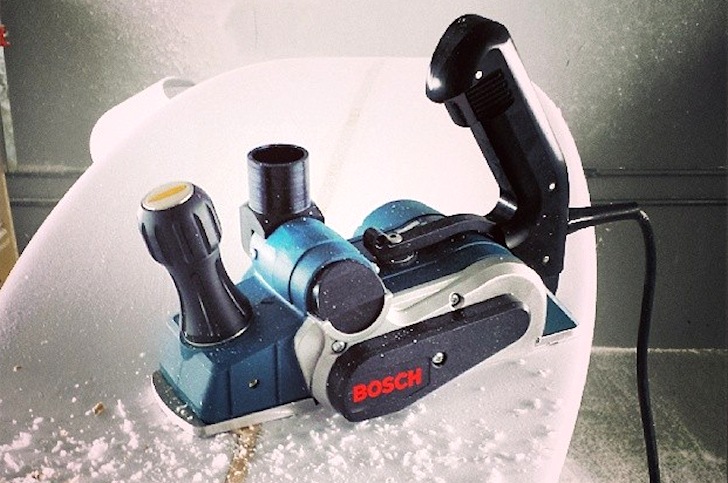
- Define the template/outline of your future surfboard;
- Choose the size and rocker of your surfboard blank;
- Order a thick surfboard blank, bigger than the desired size;
- Setup a boardroom and paint the walls blue or green;
- Install waist-high horizontal white lights along both sides of the shaping room;
- Install racks on which you'll shape your surfboard;
- Protect your health; invest in goggles, a respirator, and ear protection;
- Once the shaping bay is set, set the blank on the racks;
Shaping the Template
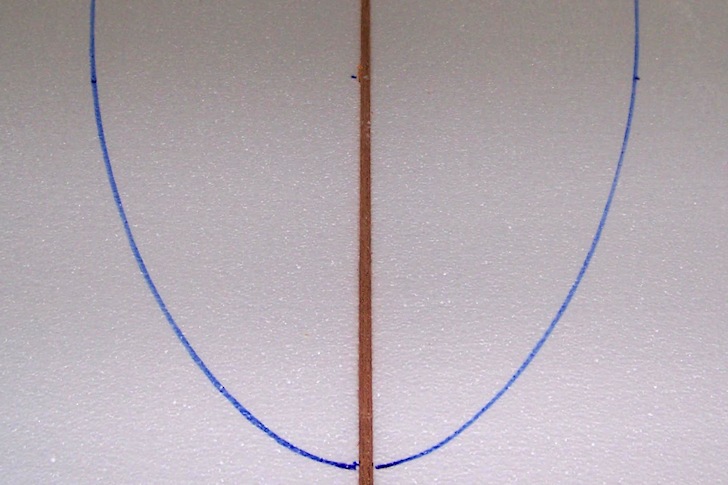
- Adjust the template paper over the blank, one side at a time;
- Cut the blank with a handsaw, board bottom-up, on both sides;
- Sand the rails smooth with 36-grit sandpaper until you get square edges;
- With a caliper, measure the thickness of the blank to know how much foam you will need to mow;
- Pick a power planer and remove the extra foam by passing it perpendicular to the stringer, from tail to nose, or vice-versa;
- Repeat the process on the other side of the board - bottom down - with extra care;
- Shape the desired tail and rocker by slightly passing the planer over these critical areas;
Preparing the Fin Setup and Rails
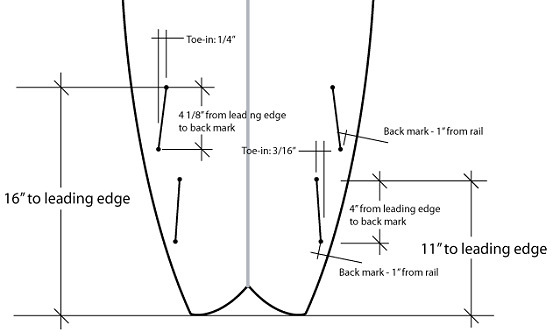
- After deciding on your fin setup, mark the front fins' positions on both sides with pencil dots. If you're unsure about the position, reference other surfboards;
- Using a T-square, mark the back fins;
- Remove all imperfections on the blank with 40-grit sandpaper;
- Be careful while sanding the vee zone. Apply moderate strength;
- With a surform, cut the rail bevel from nose to fins to give a more rounded-edge shape to the board. Use a pencil beforehand to define the cut angle;
Rounding Rails

- With the deck facing up, start turning the rails with the planer from nose to tail;
- Try to create a 45-degree angle from the turning point on the deck to the top of the imaginary radius;
- Confirm the symmetry on the other rail, from nose to tail;
- With a light sanding block, try to round the rails so that you reduce sharp edges from deck to bottom;
Smoothing the Outline
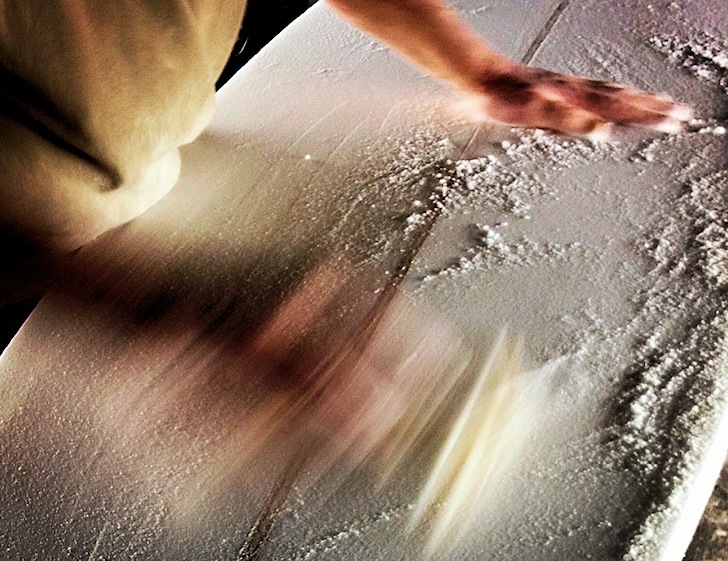
- Sand the deck with light 40-grit sandpaper until it blends with the rails;
- Round and smooth rails to your favorite profile on both sides;
- Use 60-to-80-grit sandpaper and apply an overall passage over the surface of the board, taking care not to change the shape;
- Confirm the quality of the rail work by passing them through your thumb and index fingers, from nose to tail;
- Set and center your eyes at surfboard level to confirm an overall symmetry;
- Measure and take note of the dimensions of your newly shaped surfboard;
- Sign the surfboard board with a pencil and send it to glassing;
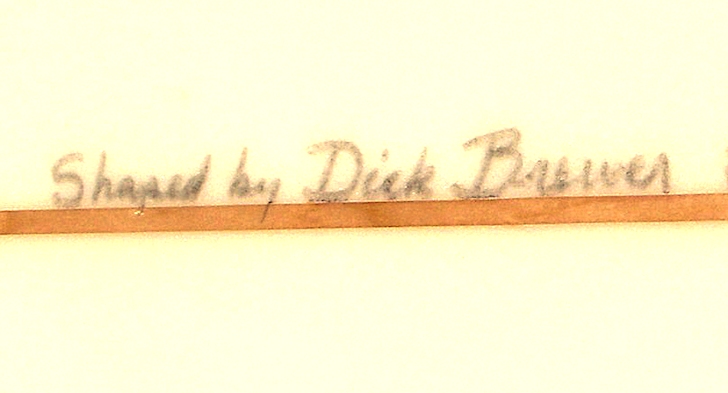
Surfboard Shaping Tools
You can shape your own surfboard for less than 150 dollars (140 euros) - blank and tools included.
The main tools for shaping a surfboard are:
- Two sheets of 60 and 80-grit screen/sandpaper;
- Power planer;
- 6-10'' surform;
- David Plane;
- 3.5'' spokeshave;
- T-square;
- C-caliper;
- Dust mask;
